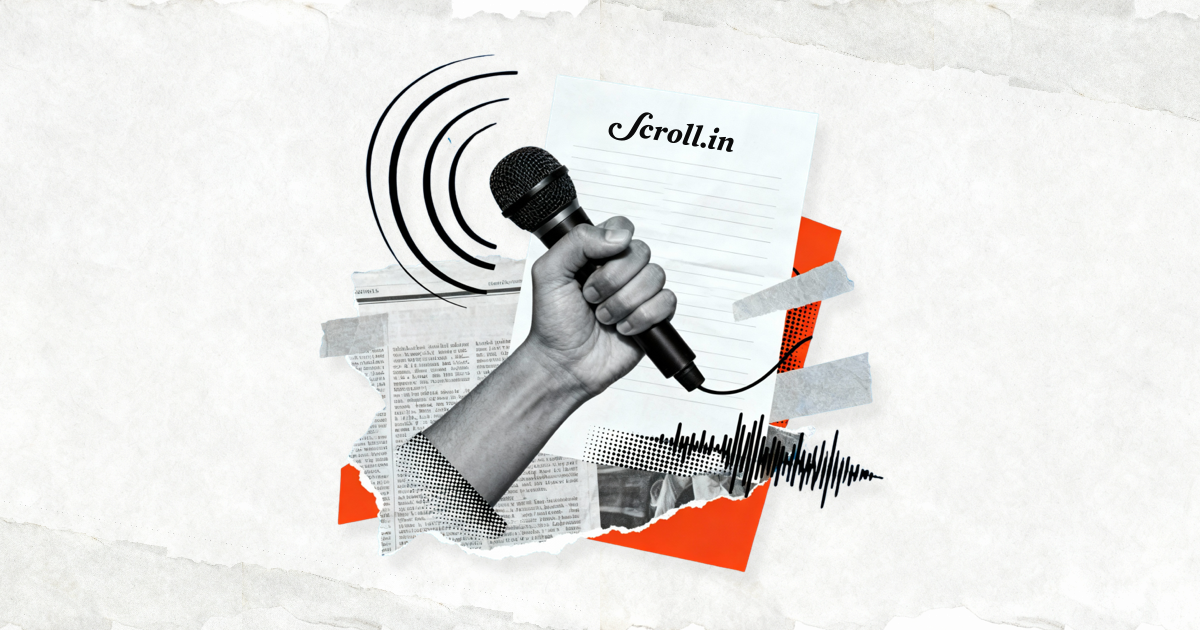
Welcome to The India Fix by Shoaib Daniyal, a newsletter on Indian politics. To get it in your inbox every Monday, sign up here (click on “follow”). Have feedback, interesting links or Hyderabad food recommendations? Send them to theindiafix@scroll.in.
In July, the Bharatiya Janata Party held its national executive meeting in Hyderabad. The event, its marquee annual strategy conclave, was attended by the party’s biggest stars, including, of course, Prime Minister Narendra Modi. Apart from the statements and press leaks the event produced, the location of the meeting was in itself a significant hint about the BJP’s strategy: the saffron party was making a strong bid for expansion in the state of Telangana.
The decision to concentrate on the state is not surprising. At the moment, the saffron party’s prospects look bright in Telangana. At first glance, this is not apparent from the votes the BJP has received in previous elections. In the 2018 Assembly polls, the party got just a shade over 7% of the vote. The next year, even as a Modi wave swept India, Telangana remained unmoved and the BJP’s vote share remained unchanged.
Rising lotus
However, even at the time, the shoots of the BJP’s emergence were becoming visible. The saffron party managed to defeat the chief minister’s daughter in the critical Nizamabad Lok Sabha seat in 2019, reversing her massive margin of 1.67 lakhs in the previous election. In 2020, the BJP delivered a stunning result in the Greater Hyderabad Municipal Corporation elections, winning 48 seats compared to 55 for the Telangana Rashtra Samithi – the state’s ruling party. In the previous election, the BJP had four seats.
The reasons for this sudden push are three-fold. First, the BJP is working hard to make an impact in the South after its massive 2019 Lok Sabha win. With less than a tenth of its Lok Sabha seats from the five Dravidian-speaking states, this is an obvious area of improvement for the party. In July, for example, the BJP nominated four luminaries from South India for the Rajya Sabha. In this calculus, after Karnataka – the only southern state where the BJP is already established – Telangana provides the most fertile ground for the saffron party to expand.
Second, K Chandrashekar Rao has now been chief minister of the state for eight years. This long tenure would naturally lead to anti-incumbency and anger among interests groups that have lost out relative to other citizens. Naturally, the BJP has concentrated hard on the figure of Rao: they have attacked his party as being “family run” and emphasised the fact that close relatives of the chief minister occupy major party and official posts.
Third, the Congress is doddering. This is partly due to the party’s moribund state throughout the country but also due to Rao’s efforts at crushing any opposition in the state. The TRS has frequently engineered mass defections of Congress legislators, using a loophole in the Anti-Defection Law. Of course, with deep pockets and Central power in hand, the BJP is mostly immune to such strong arm tactics. As a result, it is, for all practical purposes, now the main opposition party in the state.

What Bengal thinks today...
In response, it seems, Rao is looking east in order to learn how to take on Modi: the Telangana chief minister has taken a leaf out of Mamata Banerjee’s book. As a result, Rao has launched loud attacks on the prime minister himself, often using federalism and alleging that Telangana is being neglected by Delhi.
In April, for example, the Telangana chief minister criticised the Union government for not procuring the state’s parboiled rice in totality, the way the Union government does for rice grown in Punjab. Earlier in February, Rao had called for a new Indian constitution itself, in order to break the colonial-era centralising features of the current one, such as the existence of a concurrent list, which allows the Union to overrule states.
Like with Mamata Banerjee in Bengal, Rao is hoping to shift the conversation to matters like federalism (and not communalism and Hindutva that plays to the BJP’s strength). He hopes to make the election a presidential-style contest between him and Modi, which would paper over more uncomfortable issues such as anti-incumbency, family rule and corruption.

Pro incumbency factor
Further Rao is backed by a solid record of populist schemes that have delivered the goods to the people of Telangana. In fact, the state’s record is so good that the Union government has often copied its schemes. Modi’s popular scheme of issuing cash stipends to farmers was first implemented by Rao as “Rythu Bandhu”. Jal Jeevan, the Union government’s drinking water scheme, was first implemented by Telangana, to wide acclaim.
In Rao’s second term, the TRS government has pushed hard on irrigation as well. Since the formation of the state, the state government claims that the cultivable area in the state has gone up by nearly 60%.
As a result, even after eight years in power, Rao is incredibly popular. One survey published in July, for example, said that if snap polls were to be held, the TRS would come out on top. The BJP, though, would beat the Congress to claim second spot.
This means while the BJP has done well to become the main opposition party, like in Bengal, it might have to wait a bit longer to actually topple the state leader.





















Write a comment ...